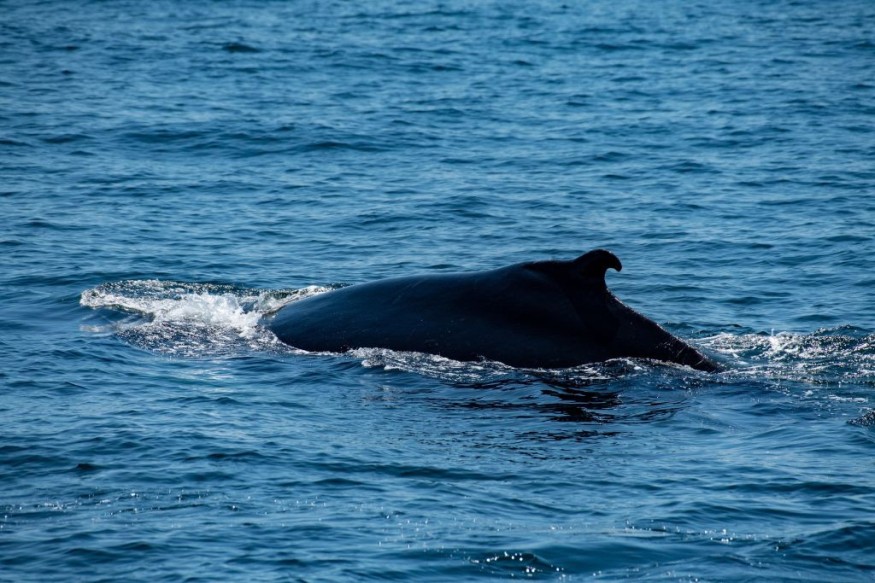A latest study has found that mutation rates in whales were found to be higher than what was earlier discovered.

Researchers took note that the number of humpback whales in the North Atlantic before whaling was 86% lower than what was stated in earlier studies.
They pointed out that the new mutation rates have suggested that some 20,000 humpback whales lived in the North Atlantic before commercial whaling, which was in contrast to the previous estimate of 150,000.
The study has proven that the DNA of family groups from four different whale species could be used to estimate mutation rates among wild populations.
Read Also : Humpback Whale Subspecies Discovered
Findings of the study
Experts said that the rate of genetic mutation that usually occurs across generations has since been utilized to estimate a wide array of measures, including past population sizes.
They explained that genetic mutation rate also varies depending on a suite of considerations, including generation time and body size, and this has been notoriously difficult to estimate in wild animal species.
In the study, scientists had used a pedigree approach in four wild baleen whale species, producing a mutation rate different from that estimated using a phylogenetic approach.
They found out that the new rate is faster than what was previously estimated for these marine mammals, being more consistent with primates and other smaller species with similar generation times.
"Phylogeny-based estimates suggesting a low germline mutation rate (μ) in baleen whales have influenced research ranging from assessments of whaling impacts to evolutionary cancer biology," the study indicated.
"The results suggest values higher than those obtained through phylogeny-based estimates and similar to pedigree-based values for primates and toothed whales," it added.
Through this, researchers concluded that applying the estimates of germline mutation rate reduces previous genetic-based estimates of pre-exploitation whale abundance by 86%.
This then suggested that the germline mutation rate could not explain low cancer rates in gigantic mammals.
There have been various mechanisms which were proposed in order to protect these large sea mammals against cancer. One of those is a slower mutation rate as a consequence of whales having much lower metabolic rates.
Mutation rate
According to scientists, the mutation rate is a key parameter in genetics and genomics, where it is used to determine rates of evolution and adaptation.
Further, it has been utilized to derive the number of whales in the oceans before they were decimated by large-scale commercial whaling.
However, estimating the rate at which new mutations appear in whales, or in any wild animal species, is hard.
Many mutation rate estimates usually stem from a phylogeny approach, where mutations in similar parts of the genome are compared between related species that branched off from one another at a specific time in the past.
In the pedigree method, the experts used the genomes of a pair of parents and their offspring to identify new mutations in the offspring.
This method, which is deemed as more direct, relies on very few assumptions, and is considered to be ideal for comparing mutation rates among different species, such as whales and human beings.
Related Article : Why Don't Whales Get Cancer? Evolutions Hold the Key!
Related Video:
© 2025 NatureWorldNews.com All rights reserved. Do not reproduce without permission.





